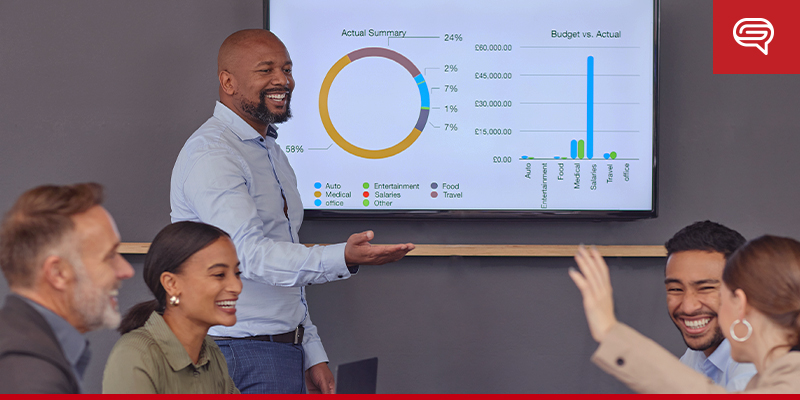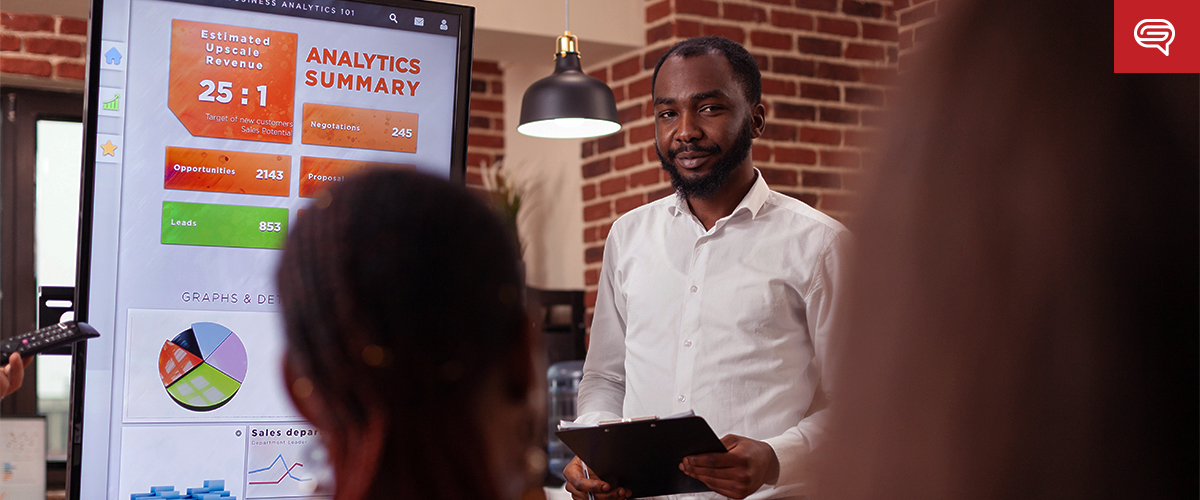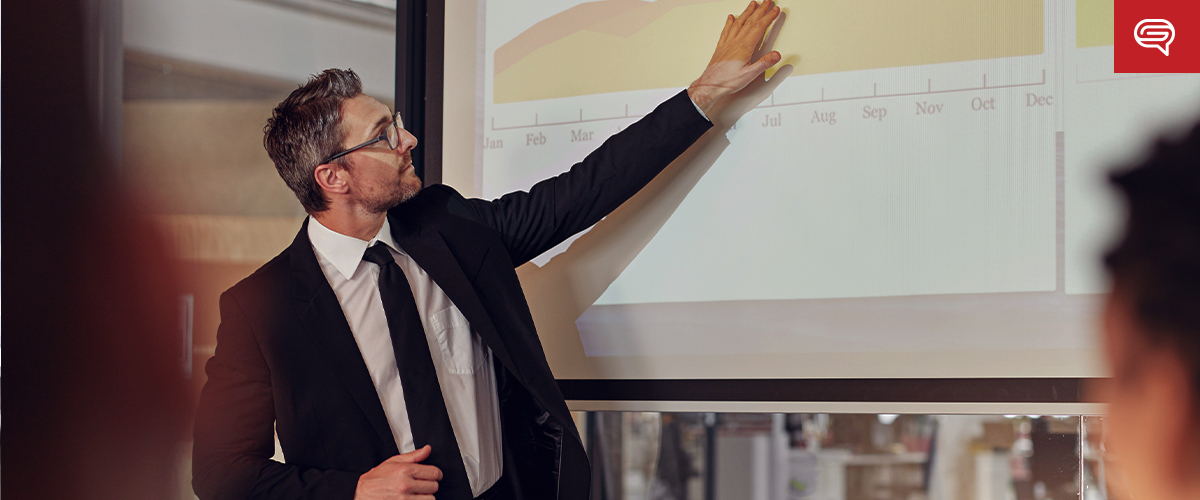When delivering a presentation, creating a distraction-free environment is crucial for capturing your audience’s attention and conveying your message effectively.
Distractions can hinder engagement, comprehension, and overall impact. By taking proactive steps to minimize distractions, both physical and digital, you can ensure that your audience remains focused and fully absorbed in your presentation.
Need a Presentation Designed?
Click Here To View Our Amazing Portfolio
In this blog post, we will explore practices to consider when setting up a distraction-free presentation environment.
Clearing the Physical Space
To create a conducive presentation environment, start by decluttering the surroundings.
Remove any unnecessary items from the presentation area, such as unrelated materials or personal belongings. Organize your materials and equipment, ensuring they are easily accessible, to avoid disruptions during your presentation.
Also, optimizing lighting and sound is equally important. Adequate lighting enhances visibility and helps maintain audience engagement. Consider the placement of light sources to avoid glare or shadows that may obstruct visuals.
Furthermore, minimize background noise by choosing a quiet venue or using soundproofing techniques if needed. This will help your audience focus on your presentation without any unnecessary auditory distractions.
Setting up seating arrangements also plays a role in reducing distractions. Arrange chairs or seating in a way that maximizes the audience’s view of the presenter and the presentation materials. Ensure that there are no obstructions or distractions in the audience’s line of sight. This will help maintain a clear visual focus throughout the presentation.
Managing Digital Distractions
Electronic devices can easily become distractions during presentations.
To combat this, encourage your audience to turn off or silence their phones during the presentation. Setting this expectation helps create a distraction-free atmosphere and encourages active participation.
As the presenter, it is important to lead by example. Silence or turn off your own electronic devices to demonstrate your commitment to maintaining focus. Additionally, disable notifications or alerts on personal devices to prevent any disruptions during your presentation.
Utilizing presentation tools effectively can also help minimize digital distractions. When using slides, utilize the full-screen mode to eliminate unnecessary visual distractions from other applications or files on your computer screen. By dedicating the entire screen to your presentation, you can maintain a clean and focused display for your audience.
Consider using presentation clickers or remote controls to navigate through your slides. This allows you to move around the presentation area confidently without relying on a computer. By removing the need to interact with a computer during your presentation, you can minimize distractions and maintain a smooth flow.

Engaging the Audience
Engaging your audience is essential for keeping their attention and reducing the chances of their minds wandering.
Encourage active participation by setting clear expectations for audience behavior and engagement. For instance, you can establish moments for questions, discussions, or interactive activities to break the monotony and keep your audience engaged.
Creating visually appealing and informative aids can also enhance audience comprehension and reduce distractions. Utilize high-quality images, graphics, or videos that support your key points and help convey information more effectively. Limit the amount of text on your slides to prevent cognitive overload, allowing your audience to focus on your verbal delivery rather than reading lengthy passages.
Preparing the Presenter
To deliver a distraction-free presentation, adequate preparation is crucial.
Rehearse your presentation multiple times to improve your delivery and build confidence. By practicing, you become familiar with the flow of your presentation and can focus more on engaging with your audience rather than on remembering the content.
Adopting effective speaking techniques is equally important. Speak clearly and at an appropriate pace to ensure that your audience can easily follow along. Utilize gestures and body language to enhance your communication and convey your message more effectively.
Maintaining eye contact with your audience will also help establish a connection and keep them engaged throughout your presentation.
Need a Presentation Designed?
Click Here To View Our Amazing Portfolio
Setting a distraction-free presentation environment is essential for capturing and maintaining your audience’s attention. Implementing these strategies will help you deliver a compelling and impactful presentation that leaves a lasting impression on your audience. Remember, a distraction-free environment is the key to a successful presentation.





















